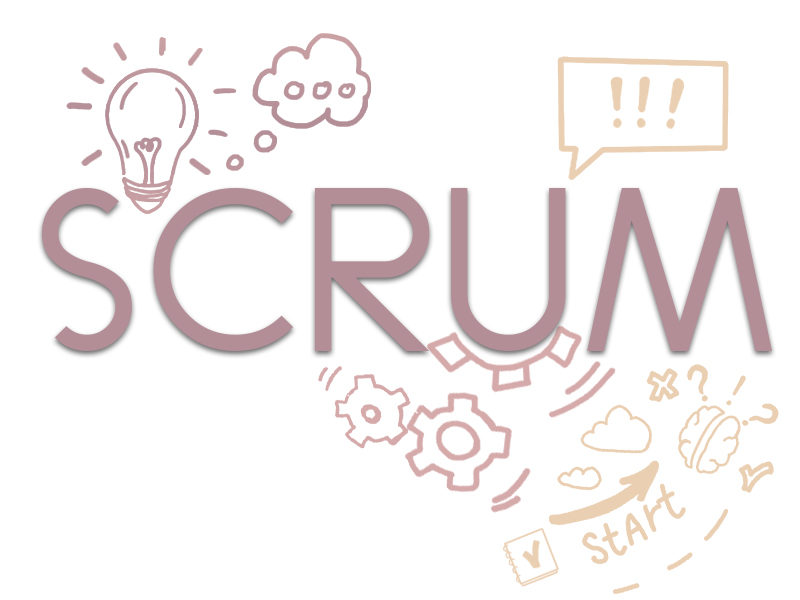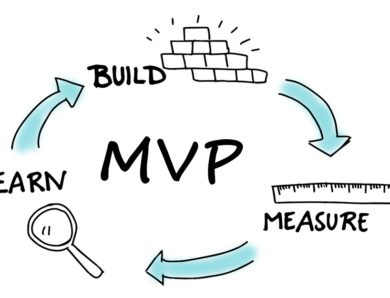
Unleashing the Potential of Scrum in Agile Development: A Comprehensive Guide
Navigating Roles, Methodologies, and Effective Communication
In the dynamic realm of product development, methodologies like Lean Startup have revolutionized the way we approach building products. Among these, Agile – Scrum has emerged as a beacon for high-performance teams engaged in complex, long-term projects. Let’s dive deeper into the core concepts and roles that define this methodology.
Agile – Scrum: Navigating Complexity with Confidence
At its essence, Agile – Scrum is a methodology tailored for high-performance teams embarking on projects with uncertain futures. It provides a structured framework for collaborative excellence, enabling teams to adapt and excel in the face of complexity.
Sprinting Towards Success: The Work Methodology
The cornerstone of Agile – Scrum lies in the concept of Sprints – focused, time-bound units of work that typically span two weeks. These Sprints are self-contained, carrying meaningful progress in themselves. By organizing work in this manner, teams continually refine and improve their approach, ensuring that progress is tangible long before the finish line.
This iterative process provides a unique opportunity for clients to engage with the development process, offering transparency and the chance to voice concerns or suggestions before the final product is delivered.
The Triumvirate of Scrum Roles
- Product Owner: This pivotal role is entrusted with translating the client’s vision into actionable tasks for the team. The Product Owner is the bridge between the client and the development team, ensuring alignment with the project plan. It’s crucial that this role remains individualized, free from power struggles that could hinder progress.
- Scrum Master: The Scrum Master is the linchpin that ensures the project stays on course. They oversee the iterative process, guiding the team towards continuous improvement. From their vantage point, the Scrum Master identifies and nurtures the skills necessary for the team’s development.
- Scrum Team: At the heart of Agile methodology lies the Scrum Team. Empowered to address challenges autonomously, they form the backbone of the development process, working collectively towards the overarching product goals.
Fostering Effective Communication: The Key to Scrum Success
Clear and consistent communication is the lifeblood of any successful Scrum team. Regular meetings, meticulously planned with specific objectives in mind, serve as the linchpin of this methodology. The Scrum Master, in the role of moderator, orchestrates these encounters, ensuring that each session is purposeful and productive.
By adhering to this structured approach, the three pivotal roles in Scrum – Product Owner, Scrum Master, and Scrum Team – synergize their efforts, driving the project towards success.
Embracing the Future of Agile Development
As the landscape of product development continues to evolve, methodologies like Agile – Scrum remain invaluable tools for navigating complexity. By understanding the roles, methodologies, and communication strategies that underpin Scrum, teams can confidently tackle even the most intricate projects, setting the stage for innovation and success.




